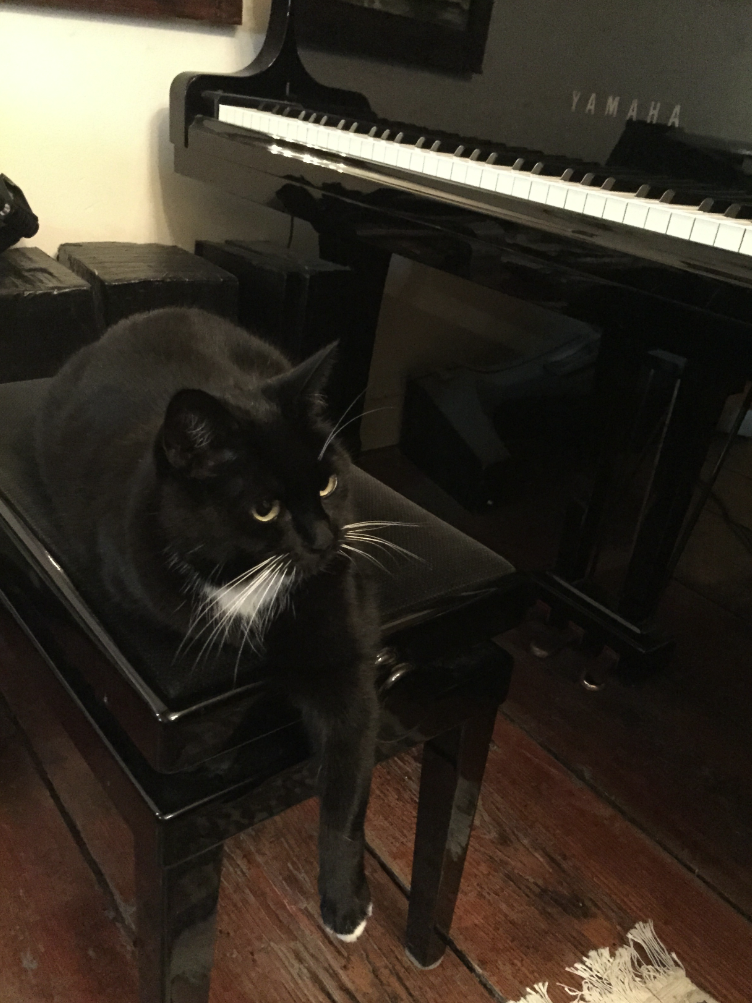
In elk geval heeft ze een heel ontspannen houding.
This splendid article has been published before on www.bulletproofmusician.com
A theme I have been struggling with for ever and ever.
This article makes sense.
How to make performance anxiety an asset instead of a liability
We are typically led to believe that being “nervous” is a bad thing. Indeed, most of the advice I’ve ever heard has been aimed at reducing anxiety. Over the years, I tried everything I could to get rid of the unpleasant feelings associated with performance anxiety. I tried eating bananas, drinking chamomile tea, imagining the audience in their underwear, sleep deprivation, practicing more, taking various supplements, and even trying to convince myself that it didn’t matter how I played. None of this, of course, took the anxiety away or did much to help me perform any better.
From my work with sport psychologist Dr. Don Greene when I was a graduate student at Juilliard and my own doctoral training in performance psychology, I’ve come to understand that anxiety itself is not the problem. The problem is that most of us have never learned how to use adrenaline to our advantage. By telling ourselves and our students to “just relax,” we are actually doing each other a disservice by implicitly confirming that the anxiety we feel is bad and to be feared. I soon learned to welcome the rush of adrenaline and to use that energy to power my performances, and to perform with more freedom, conviction, and confidence than I ever imagined possible.
The big question, of course, is how do you transform anxiety from a liability to an advantage? Before we talk about this, we first need to understand some basics about what happens to our mind under stress.
Left Brain vs. Right Brain
Our brains can be thought of as being comprised of two basic regions – the left hemisphere and the right hemisphere. Admittedly, it is an oversimplification of the immense complexity of our brain to imply that the left and right hemispheres are completely independent of one another, but this is a very helpful model when it comes to understanding optimal mental states for performance.
Left brain thinking is associated with words, numbers, logic, analysis, criticism, rules, details, planning, and judgment. Conversely, right brain thinking is associated with sounds, images, patterns, kinesthetic or sensory input, emotions, the “big picture,” free association, and creativity.
Based on this information, which mode of thinking seems most conducive to effective practicing? Yep, left brain! Now, which seems most conducive to dynamic, inspired, and artistic performances? Right brain, exactly! Unfortunately, we often do the opposite. In the practice room, we have a tendency to practice somewhat mindlessly, merely repeating passages over and over until they sound better, making corrections, but doing so almost unconsciously. However, as soon as we walk on stage, we tend to get flooded by left brain over-analytical thinking, criticism, excessive planning, and so on, which only serves to lead to a pre-occupation with technical details and an inability to play as freely and automatically as we are capable. Are you familiar with the phrase “paralysis by analysis?” This is exactly what happens when we know that our every move and sound is under close scrutiny by others. The opposite of this paralyzed state is often referred to as “flow” or “the zone,” where everything just seems to “click” into place and our playing is easy, free, and effortless.
How do we make the shift from left brain thinking to right brain thinking and get into “the zone?” One very effective tool is called Centering.
Centering
Centering is what sport psychologists call a pre-performance routine. It was designed in the 1970’s by the renowned sport psychologist Dr. Robert Nideffer, and adapted for performing artists by Olympic sport psychologist Dr. Don Greene. Centering is a highly effective means of (a) channeling your nerves productively and (b) directing your focus even in extreme situations. Once mastered, it is very quick and highly effective, and will ensure that you begin each performance with a bang (in a good way)!
There are seven steps, each specifically designed to move you progressively closer to right brain quiet, focus, and poise, and take you further away from left brain fears, doubts, and self-criticism.
Step 1: Pick Your Focal Point
Select a fixed point in the distance, somewhere that feels comfortable. This point could be on your stand, the ground in front of you, or on the back row of the hall, but wherever it is, ensure that your focal point is below eye level. A focal point helps to minimize distractions and avoid the temptation to engage in left-brain thinking.
Step 2: Form Your Clear Intention
A clear intention is in essence, a specific goal statement. What do you intend to do when you step out on stage? How exactly do you intend to sound? What, precisely, do you intend to communicate to the audience?
Use assertive, declarative language, such as “I am going to perform brilliantly, with passion and clear dynamic contrast,” as opposed to “I hope to play well.”
Do not use the word “don’t”. Doing so will only put the negative picture in your head and generate fears and doubt. For instance, when you say to yourself “Don’t miss the high note”, what’s the first image that pops into your mind? Missing the high note, right? What image pops into your mind when you tell yourself “Nail the high note?” Learn to focus on what you want, not on what you don’t want.
Step 3: Breathe Mindfully
One of the most powerful techniques for reversing the stress response involves learning how to breathe diaphragmatically. When stressed, our bodies have a tendency to revert to shallow, rapid, chest breathing. Doing so keeps us in fight or flight mode. Diaphragmatic breathing is the most biomechanically efficient way to breathe, and furthermore, is conducive to activating what’s called the parasympathetic nervous system response which is our body’s antidote for the fight-or-flight state.
Step 4: Scan and Release Excess Tension
One of the most detrimental consequences of performance stress is muscle tension. As our thinking becomes more negative, our muscles tend to get tighter and less facile. And not just any muscles, but often the ones that we most need control over!
Scan your muscles from head to toe as you continue to breathe slowly and deeply, one muscle group at a time, releasing tension on the exhale. There is a short video clip on YouTube which illustrates an exercise that tests your ability to truly relax your muscles on command.
If you develop a more acute awareness of muscle tension even in the practice room, and are able to control the degree of tension you experience in your playing, you will be able to retain much of this ability during a performance and will feel much more in control.
Step 5: Find Your Center
Are you familiar with the martial arts concept of ki or chi? In Eastern philosophy, chi is described as being one’s “life force” or energy. There is a specific location in our body where the energy tends to congregate, which is essentially our center of gravity. If you have ever observed the movements of a great martial arts master or even some athletes or dancers, you will notice a presence, grace, and balance about them regardless of their size or physical dimensions. Not only is the feeling of being centered a very calming and reassuring one, but the mere act of searching for you center will quiet your left brain activity.
Step 6: Repeat Your Process Cue
There is a tendency when stressed to hyperfocus on minute details. This may be highly desirable in the practice room, but can be paralyzing on-stage. The solution is to focus on a right-brain process cue, in essence, a reminder of what it sounds, feels, or looks like to produce the exact sounds you want.
There are two possible ways to do this. One, you could brainstorm and experiment with words that cue up the sound/feeling/images of producing the beautiful sound, clean articulation, or solid intonation that you wish to produce. Examples of such words are smooth bowing, light fingers, even shifts, fluid, powerful, calm, or easy. It’s not the word that is important, but the resultant mental sound/feeling/image of performing exactly the way you want to that is key.
Thus, a second way to do Step 6 is to avoid using words altogether and merely hear, feel, or see yourself performing exactly as you wish.
Step 7: Direct Your Energy
By the time you have gotten to this step, you will have made the shift into a more quiet and focused mental state conducive to performing your best. You will have taken the edge off of your nerves, and in this last step you will channel the remaining energy that remains into a dynamic and inspired performance. This is how you use the energy instead of trying to get rid of it.
Do a quick internal search for all of the energy that you feel in your body, and feel it gathering at your center. I often imagined my center and energy being somewhat like those plasma lamps that are sold at stores like The Sharper Image (Google “plasma lamp” if you don’t know what I’m referring to). Now, direct that energy upwards, through your torso and neck, into your head, and blast it out through your eyes or forehead like a laser beam at the focal point you identified in Step 1. Think of this beam as a conduit for your music and the energy that will convey your clear intention to the audience.
This may sound a little hokey to some, but this energy is real. Have you ever met someone incredibly intense, who perhaps invades your personal space a bit, and looks at you so intensely that you feel uncomfortable and almost feel that they can see into your head and read your thoughts? That’s the same sort of energy I am talking about. Instead of trying to get rid of the energy adrenaline provides by relaxing or taking beta blockers, you can learn to use it, channel it into your performance, and take your playing to a whole new level!
Practicing Centering
When you first try to Center, it may take several minutes to go through all of the steps. If you practice this for 10-15 minutes per day, however, and stick with it, you will begin to notice a difference within a week or two and find that you can center in 5-10 seconds. Some notice a difference within days. The key, like anything else, is consistency and persistence.
Many, if not all, of these elements can be shared with even the very youngest students, whether they get nervous before performances or not. Not as a means to reduce anxiety, but as a way to improve focus and clarity of musical intentions. Many of Centering’s aspects can even be tremendously helpful in practice sessions, to ensure that one remains focused on the task at hand (instead of reinforcing bad habits via mindless repetition).
With a little time and practice, I’m certain that Centering will change your approach to performing and practicing just as it did for me and the many others who have learned this process.
As the saying goes, “You can’t stop the waves, but you can learn to surf.”
p.s. If you’d like more help learning how to “surf”, check out Beyond Practicing – an online performance enhancement course that will provide more in-depth training on Centering and six other key skills that will help you become the kind of player who thrives when the pressure is on.
Vanochtend was ik bij de Paasviering van de Antoniusschool (de school waar onze dochters ook op hebben gezeten) in de Waalse Kerk te Amsterdam, om dit muzikaal te begeleiden op piano.
Prachtige locatie, akoestiek, en mooie Bösendorfer vleugel.
De kinderen deden het heel goed, de bijeenkomst raakte mij diep.
Het thema was vluchtelingen.
Alfard Menninga:
Alfard Menninga op Lesbos
Alfard Menninga NPO Radio 1
vertelde over zijn ervaringen met vluchtelingen in Griekenland. De liedjes waren goed uitgekozen en mooi gezongen. Het raakte een snaar, en dan niet alleen een pianosnaar.
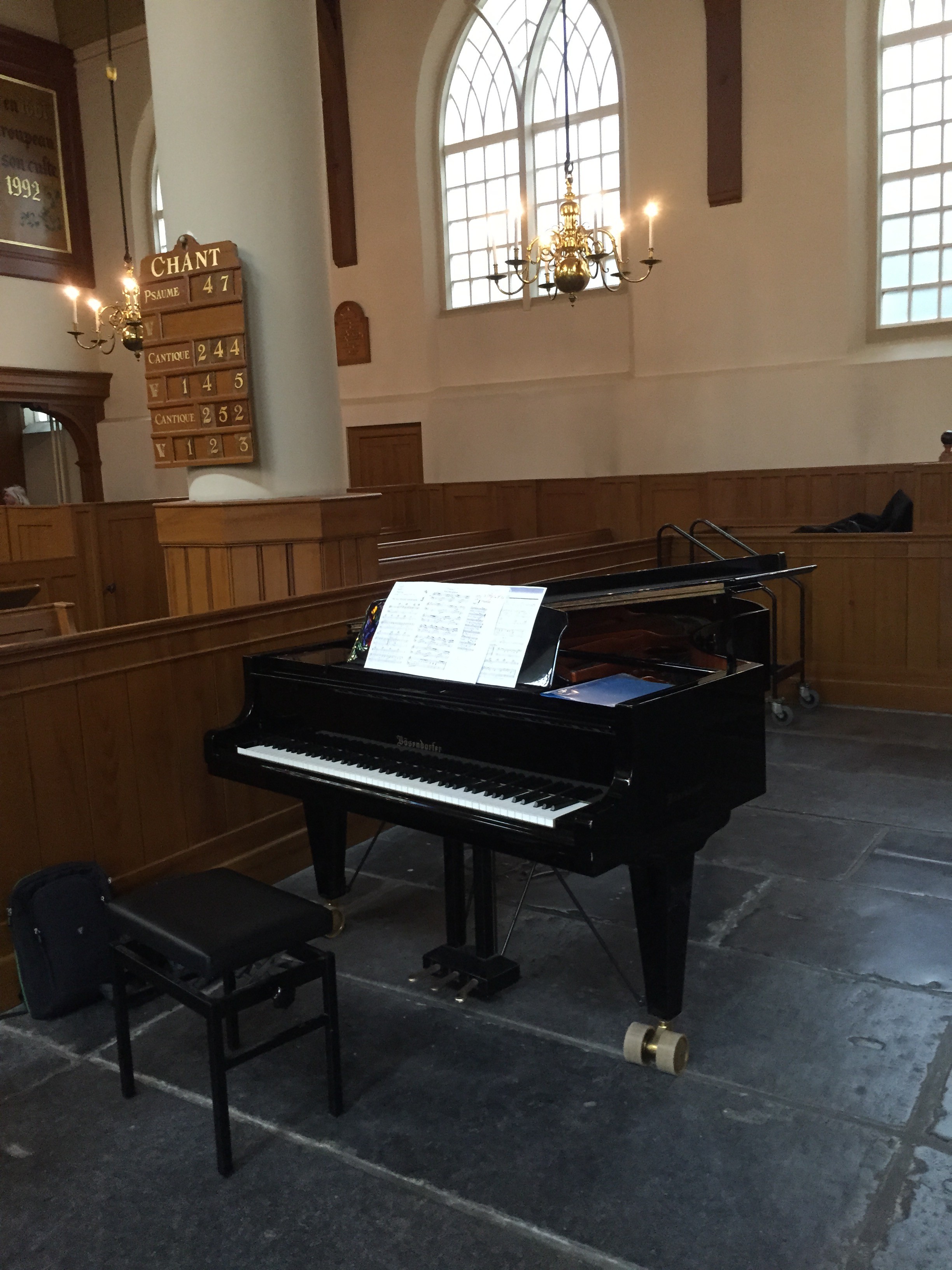

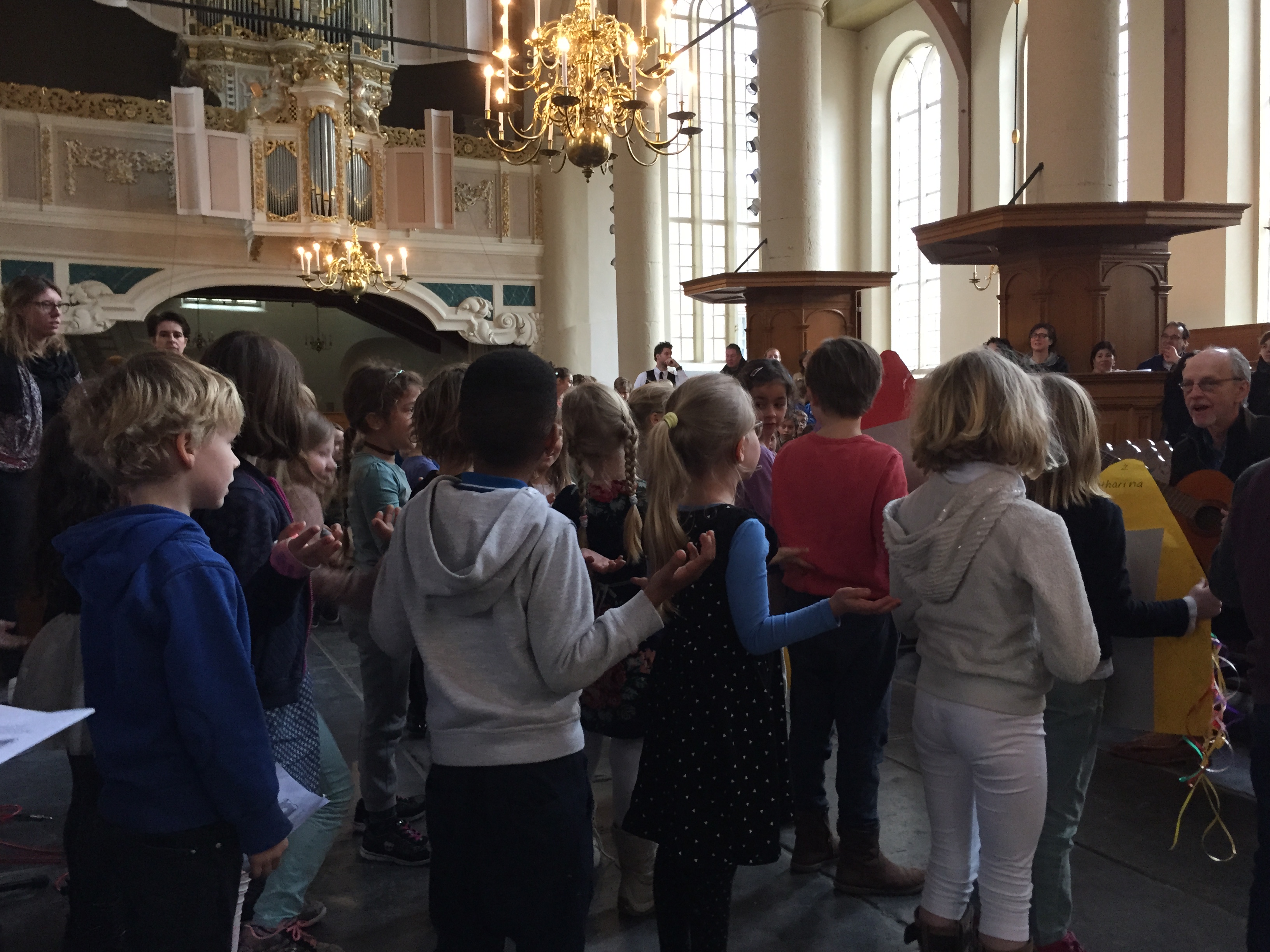
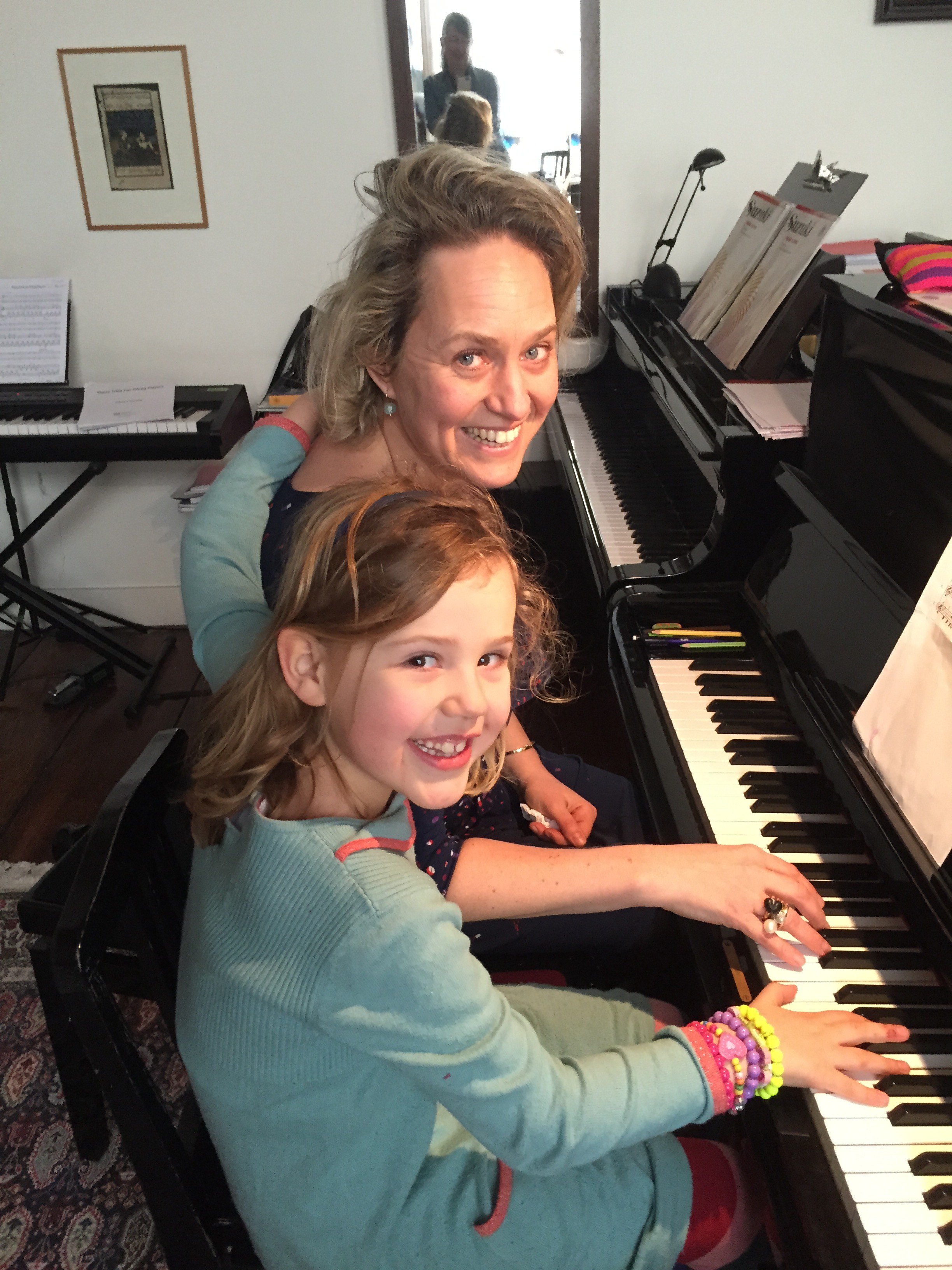
Aimeline en haar moeder Janine hebben samen op 16 maart 2016 de bruidsmars van Wagner gespeeld tijdens de bruiloft van de oma van Aimeline.
Hier kun je het horen tijdens de repetitie.
Filmpje Youtube: Bruidsmars repetitie
.. en hier is het bruidsmeisje tijdens de bruiloft
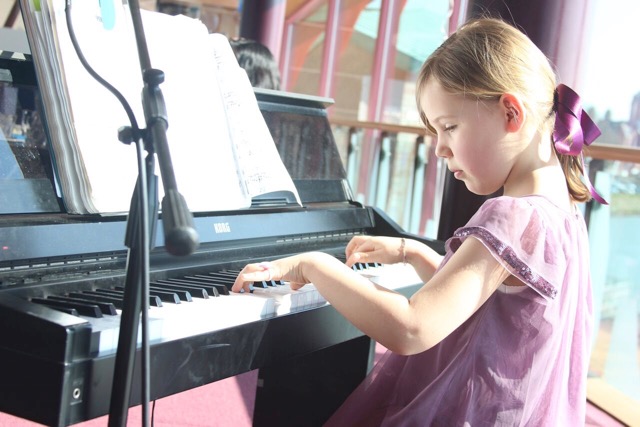
Hier zijn de links naar een paar mooie oude opnames:
Albeniz opname Youtube
Beste ouders,
In het kort komt deze actie van de ‘Europian Suzuki Association’ hier op neer: om kinderen over de hele wereld (vooral in arme landen) de kans te geven een instrument te leren bespelen.
Als alle kinderen hier in Nederland (en in andere landen waar men zich dit kan veroorloven) gesponsord één keer voor de buren spelen, of één keer op school, dan zijn er al weer wat kinderen (in bv Afrika) geholpen. Vind sponsors en speel de sterren van de hemel! 🙂
Je kunt ook je studie tijd laten sponseren, per 15 minuten.
Print het sponsor formulier uit, en lever het bij mij in:
dan zorg ik dat het terecht komt bij de juiste mensen.
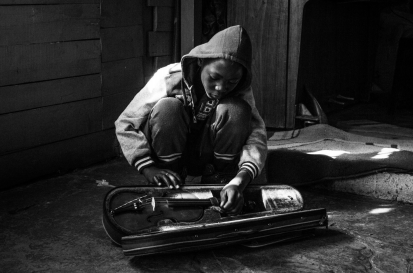
(een mooie bijkomstigheid. ;-))
Hartelijke groet,
Heleen
Dit is het bericht zoals het door de ESA werd gestuurd:
Starting next week! ‘Give a Child a Teacher’ fundraising campaign
Give a Child a Teacher
is a special Fundraising Campaign organised by the European Suzuki Association (ESA) to raise funds to give more children the opportunity of a Suzuki education in Europe, Middle East and Africa.
The campaign will start next week and run from 1 to 31 December 2015
Get involved. Give something back
The ESA are asking all Suzuki Teachers throughout the region to organise fundraising events with their students during the month of December (download a poster here)
These fundraising events can be –
Christmas Concerts
Sponsored practice (download a sponsor form here)
Christmas Workshops
Any other ideas
Photos and videos are welcome – please send these to the ESA Office and they will be posted on the ESA website
Monies can be paid to the ESA either by –
Bank transfer
PayPal
Download a donation form here
Payments by 31 January 2016 latest please
The total amount raised will be announced on the ESA website during February 2016.
A cheque will be presented at the BSI Gala Concert, Royal Albert Hall, London in March 2016.
The money will be donated to the European Suzuki Teacher Development Trust (ESTDT) which is a charity concerned with making Suzuki Teaching in music available to children in Europe, Middle East and Africa. The ESTDT do this by giving financial support to Suzuki Teacher Training projects in countries where there is a need.
The ESTDT have helped to give Suzuki Teachers to children in:
Russia Latvia Lithuania
Poland Estonia Turkey
Croatia Hungary South Africa
The project in South Africa began in the township of Mamelodi, with 100 eager students, 9 violins and a tree to teach under. Read South Africa’s story here – Mamelodi – the Mother of all Melodies
‘Talent Education, for the happiness of all children’
Dr Shinichi Suzuki
Copyright © 2015 European Suzuki Association, All rights reserved.
You are receiving this email because you are a member of the European Suzuki Association
Our mailing address is:
European Suzuki Association
45 Main Street
Upper Benefield
Oundle, Northamptonshire PE8 5AN
United Kingdom
Last weekend gave me lots of new inspiration, as if something fell on its place.
Among many other things this is what I especially picked up:
– explaining things in a simple way
– digging in the keys will stimulate memory (don’t be to timid, exaggerate tone)
– let pulse dictate the music
– don’t think too much
– finding important notes in a piece, only playing important notes as an exercise (even as a composer I sometimes go too much into detail, instead of just following the base line)
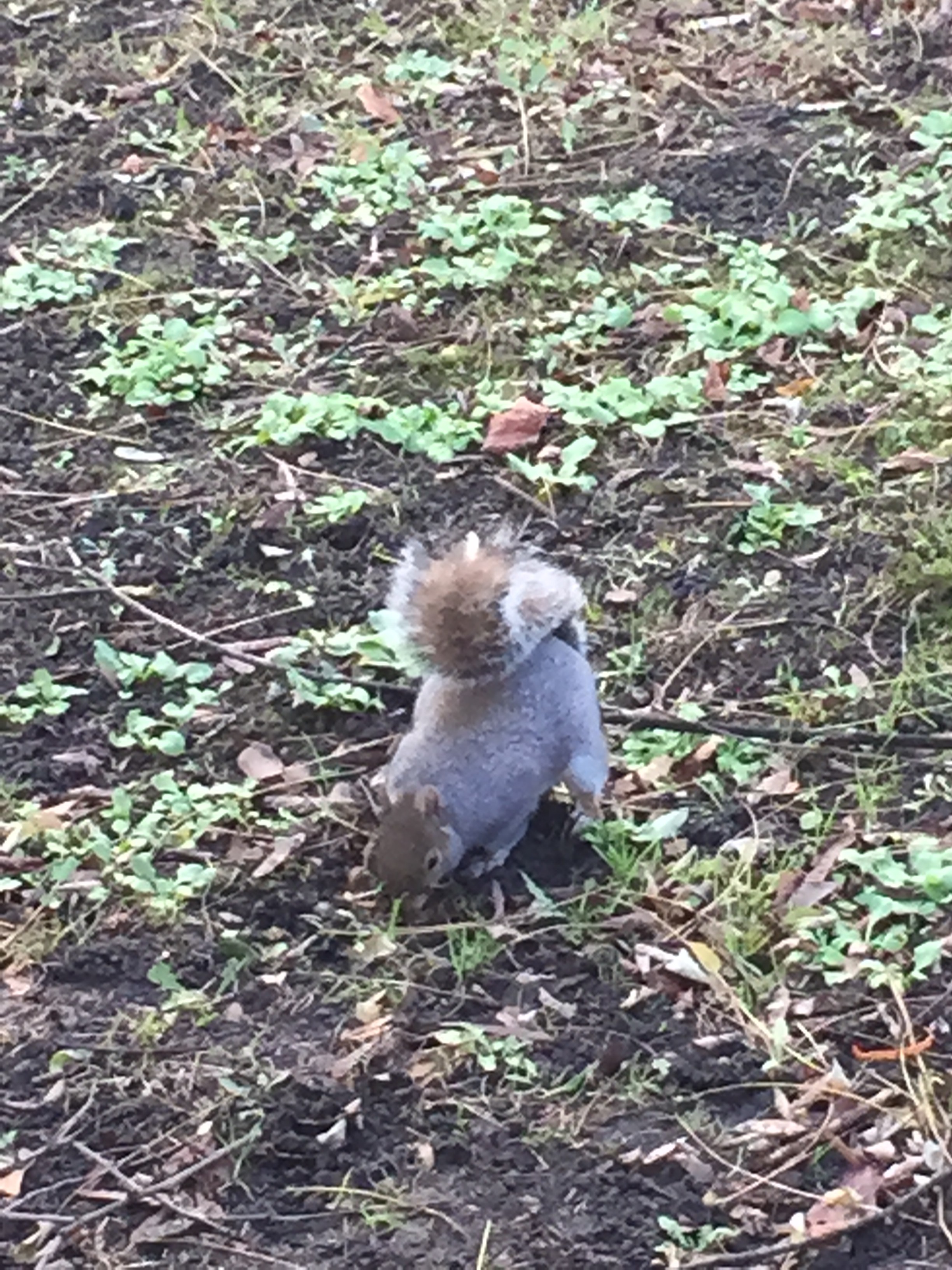
Het was heerlijk in Oberhundem (Sauerland, Duitsland).










Gisteravond inspirerend kennismakingsgesprek in De ToolKeet gehad met zestal ondernemers die met mij mee willen denken wat er voor mogelijkheden zijn om mijn Pianotrios for Kids “in de markt” te zetten. Ik heb ook veel over de Suzuki-methode verteld, omdat ik denk dat de inspiratie voor de trio’s voor een deel voorkomt uit deze methode en uit het werken met jonge kinderen. Hierdoor ontstond de behoefte om met de opgedane vloeiende techniek die deze kinderen hebben ook nieuwe “frisse” stukken met ze in te studeren. Maar natuurlijk zijn de trio’s niet alleen geschreven voor Suzuki-kinderen. En zelfs niet alleen voor kinderen (voor iedereen jong van geest!)
Aanwezige ondernemers:
Carmen Duijvelshoff De ToolKeet website
Jan De Heij Jan De Heij
Henk Noorman Thermieq
Janneke van den Biggelaar Zuidwester-design website
Iskander Dierkx Muit & Dierkx Advocaten
Jack van Dijk & Van Dijk Interior Design website
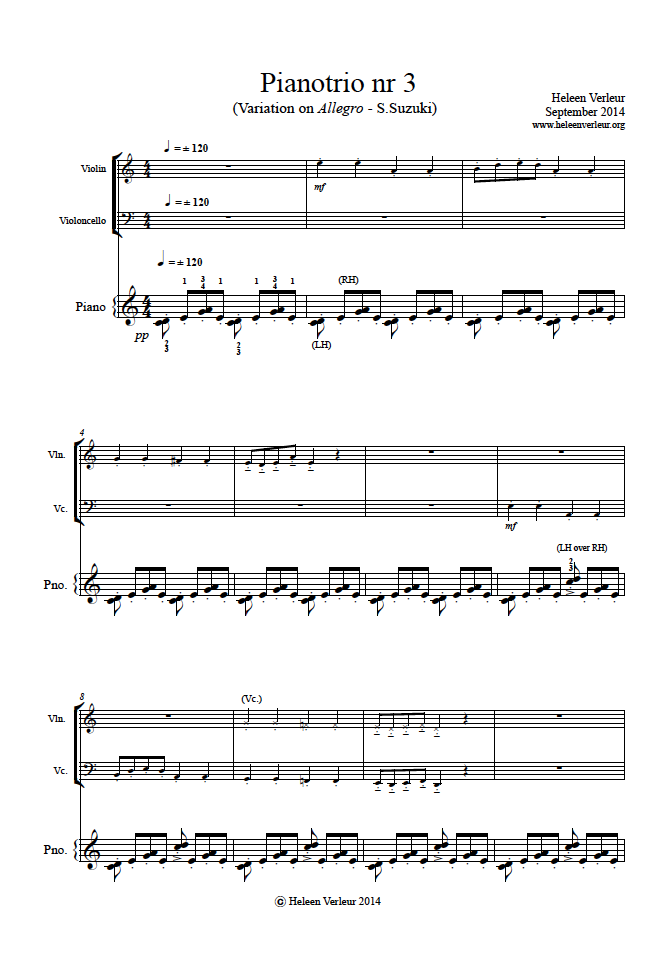
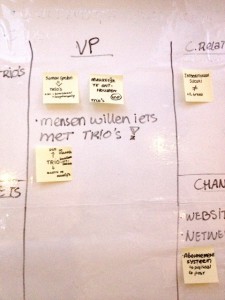
Deze bijeenkomst wordt vervolgd op woensdag 22 april 2015.
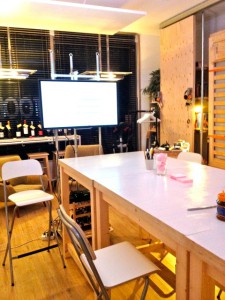
De agenda gister zag er zo uit:
Agenda
We starten om 19.00 uur. Bedoeling is uiterlijk 21.30/22.00 af te ronden.
Wat staat erop het programma:
– kennismaken;
– Heleen neemt ons mee in haar idee/droom;
– verkenningsuur wat de kansen, mogelijkheden, verdere ideeën zijn
– wat zien we aan eerste conceptmogelijkheden en verdere samenwerking.
Doel: het concept ‘Trio’s voor Kids’ van Heleen in de markt gaan zetten.